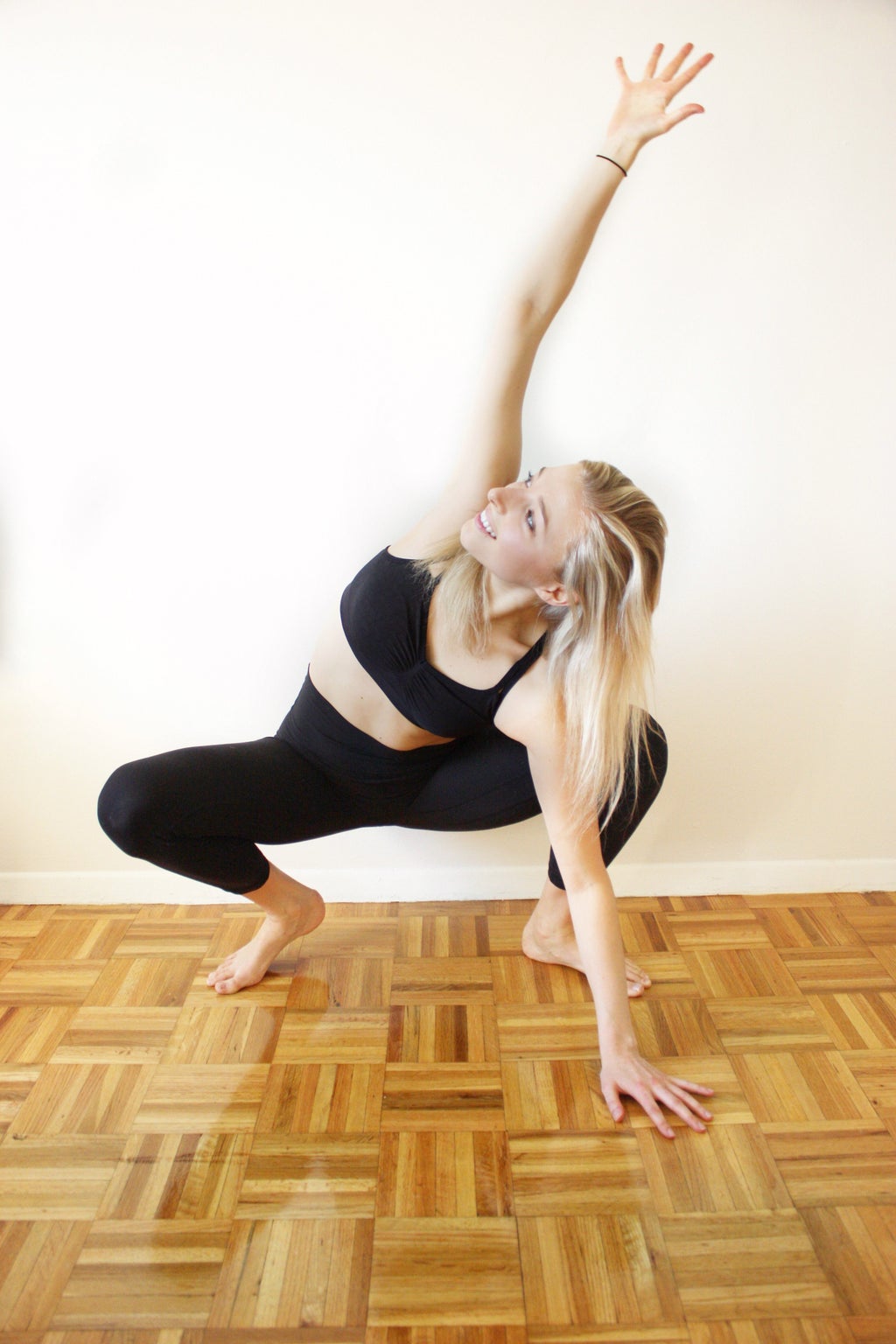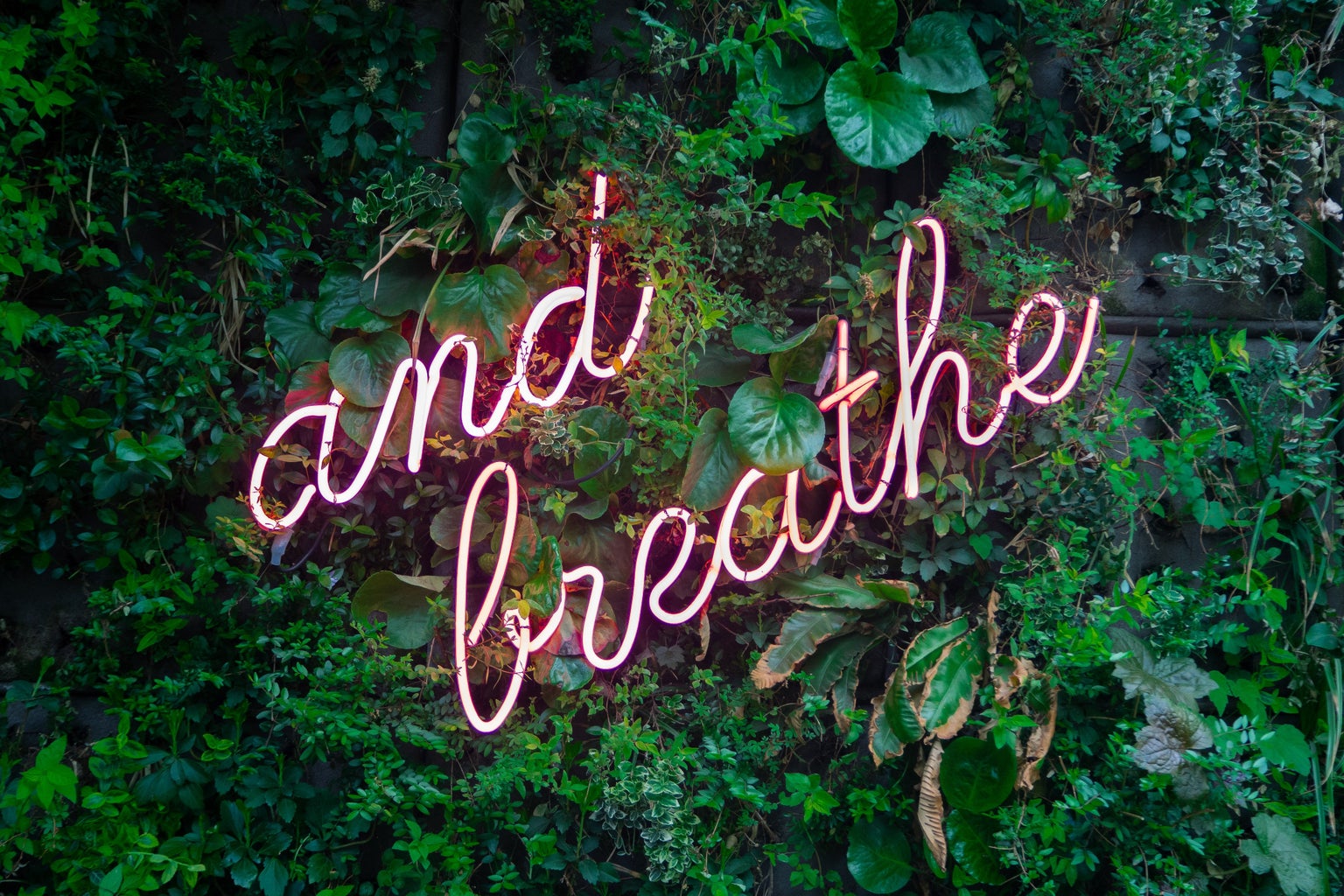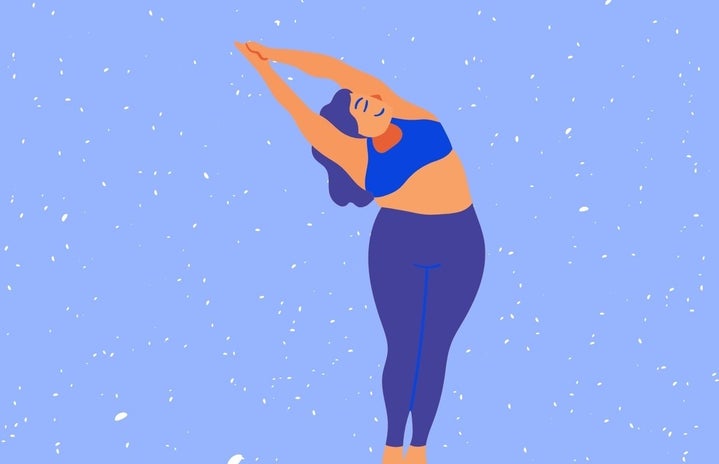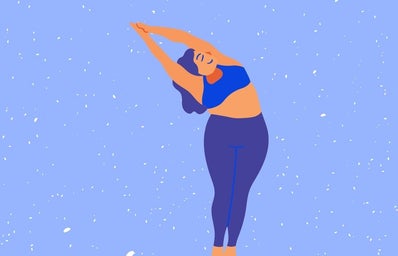Many times during a yoga class, an instructor may say “Yoga isn’t a workout, it’s a work-in!”. This is because aside from the physical benefits—such as increased mobility, flexibility, and strength—yoga also aims to provide students with a mental toolkit designed to combat stress and pressures they’re confronted with in their everyday lives. As we create space for ourselves in a nurturing and supportive environment, the hope is that we can carry and use that space and mindfulness off of our mats. By taking these teachings and applying them to our lives, we can build resilience to stress and learn how to recenter in times of chaos.

Practicing Non-Attachment
In the yoga community, the idea of non-attachment refers to detaching yourself from limiting emotions about people, ideas, and situations that aren’t serving you. In other words, many of us hold ourselves back by holding onto relationship disagreements or standpoints that may actually be detrimental to our growth. Practicing non-attachment can be something as reframing your perspective and not reacting or getting upset when your air conditioning breaks in the hot weather, or being the first to reach out to a friend after an argument. In fact, there may be several branches of your life that you may feel great relief from after practicing non-attachment.
Start by journaling every night or every other night before bed about events, interactions, or thoughts from your day that bothered you or resonated negatively with you. Write these things down in list form on one page. Let yourself sleep off any overwhelming emotions about the things you journaled about. When you wake up in the morning and have the clarity of a good night’s sleep, on the opposite page of your list from the night before, create a new list of ways you can practice non-attachment to alleviate these stressors. Non-attachment doesn’t mean not honoring how you feel or validating your own opinion, but at times it involves being mindful about when certain emotions can be honored by talking through them and resolving them into better ways of thinking.

Stretching or Moving Between Long Periods of Sitting
As the current work-from-home and online classes world continues to persist, many of us are still hunched over our home desks daily without taking many movement breaks. Being increasingly sedentary not only decreases our motivation and mood, but according to Harvard Health, sitting leads to overly tight hips and hamstrings, which affect gait, balance, and contribute to lower back and knee pain. While many of us may have a packed online schedule and are required to be at the desk for long periods of time, the way you sit as well as the stretches you take between sitting can be modified for optimal health.
Malasana, or Yogi Squat, is one pose that helps your posture, metabolism, and mobility in the hips, ankles, and knees. For a minute between meetings or even while you’re reading an email, switch your seat and sit in Malasana:
-
Start standing with feet hips distance apart
-
Sink into a low squat position with the knees and toes turned out wide
-
Lower the hips in between your feet and use your inner thigh strength to peel your knees open in either direction
-
Bring your hands to heart center, use the traction between your elbows and knees to open the hips
-
Keep your heels on the ground!
-
To modify, bring your feet farther apart or place a block/object underneath you
You can also take moderate stretches while sitting if you only have a few seconds to spare by taking Seated Cat/Cow Poses:
-
Start sitting on your shins with your knees touching, hands resting on your lap with the palms facing up, and bring a slight tuck to your pelvis to lengthen your spine
-
On an inhale, come into your seated cow pose by slowly arching the back, pulling your shoulder blades together behind you, and opening your chest
-
On your exhale, come into your seated cat pose by rounding the back as you pull the shoulder blades apart and rotate them forwards, tuck the pelvis in, pull in the belly, and drop the head and neck
-
Repeat your seated cow (inhales) and seated cat (exhales) for at least five rounds of slow, mindful breath

Practicing Pranayama (breath work)
Pranayama, or breath work, is used to cultivate mindfulness and attention to the breath in order to help us re-center and slow down. Deep breathing also activates the parasympathetic nervous system to carry us out of our innate ‘fight or flight’ reaction.
Basic Pranayama involves focusing on the breath and progressively taking deeper observations as you begin to turn inward. You may count how many seconds each cycle of breath is, or you may notice if you’re breathing from the belly, chest, or both. You may later notice if your breath is audible, or if it becomes uncomfortable to concentrate on just the breath.
One specific technique, Bhramari Pranayama—or “Large Bee” Breath”—involves sitting in a seated meditation with the eyes closed and your palms facing upward in your lap. Then, begin to breathe with normal inhales through both nostrils, but on each exhale, make the ‘buzzing’ sound of a bee and let air escape through your teeth. This is repeated for 5-10 cycles of breath.

Combating Negative Self Talk
Negative self talk and narratives are also things that can cause internal stress and be detrimental to mental health. In fact, according to the National Science Foundation, an average person has about 12,000 to 60,000 thoughts per day. Of those, 80% are negative and 95% are repetitive thoughts. This means that we continuously repeat many of the malicious mentalities and narratives that we think about ourselves on any given day. In yoga, we learn to work to reverse these negative narratives through positive mantras and reinforcement towards our bodies and minds. Throughout class, the instructor may tell you to “notice” when these negative thoughts come up and tell yourself, “I’m recognizing a negative thought; it’s a story I’m telling myself, and it’s not true.”. You can then work to break the cycle of rumination and rationalize as you remind yourself that you are enough, you are exactly where you are supposed to be, and your anxiety is rooted in false beliefs.
Other than mantras and positive reinforcement, reframing is another technique used in yoga to combat negativity and stress. Many people are currently experiencing feelings of uncertainty, negativity, and anxiety. However, if we can reframe a situation in a positive light, our outlook may completely change. Try journaling about what your future could look like, and reflect on how this differs from what comes up when you’re in a negative space. Reflect on what in that space is changing how you see your future. Further, reframe how you view yourself and your situation as if you were judging a friend or loved one. We would never talk to them the way we talk to ourselves, so in yoga we work to give ourselves that same kindness, compassion, and understanding that we’d give anyone else.


